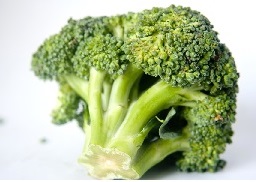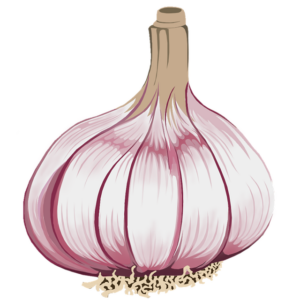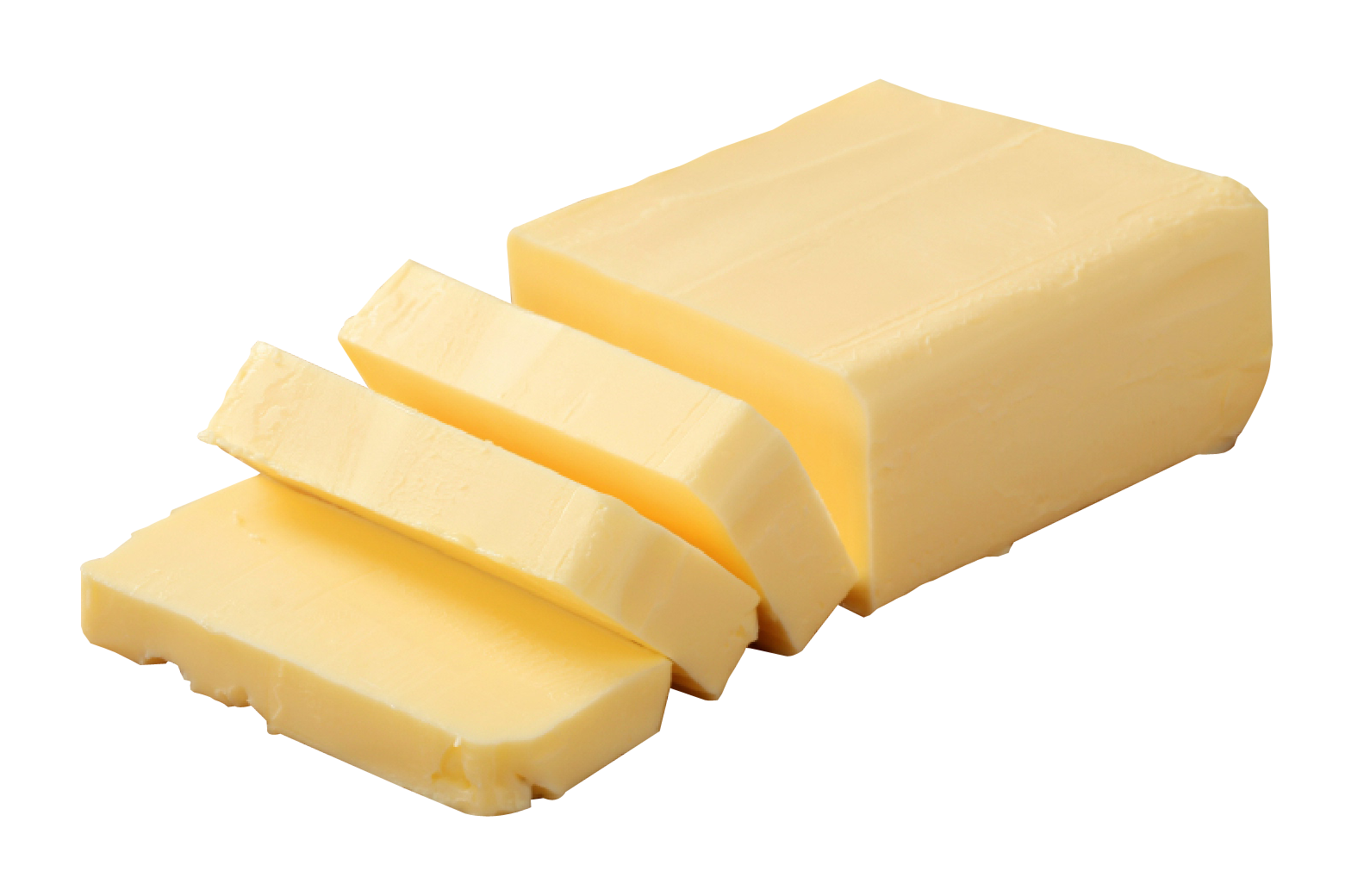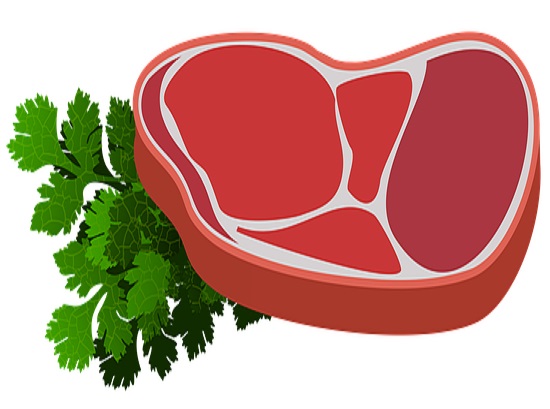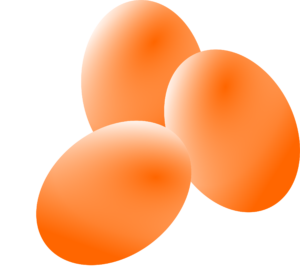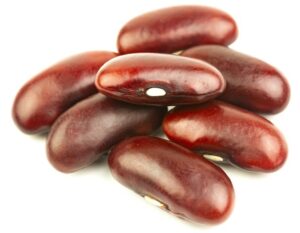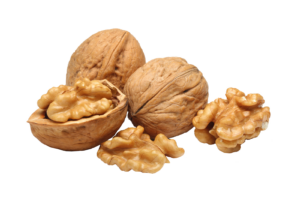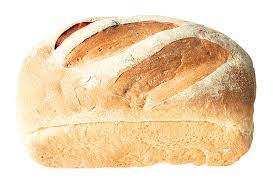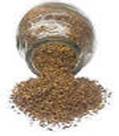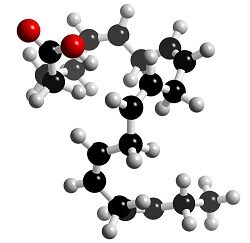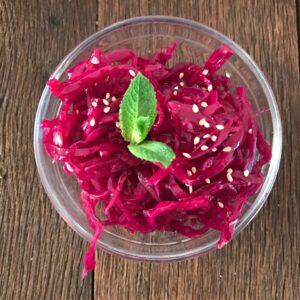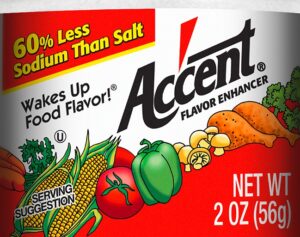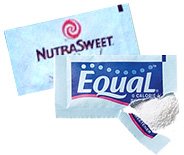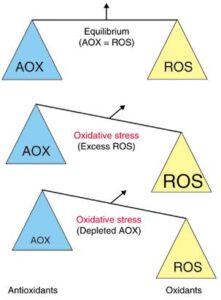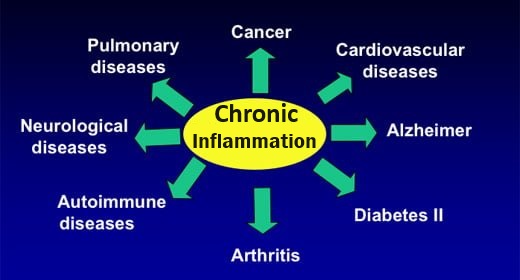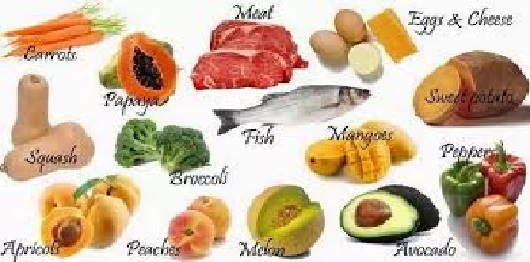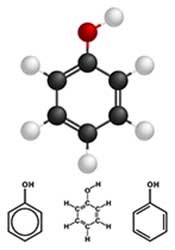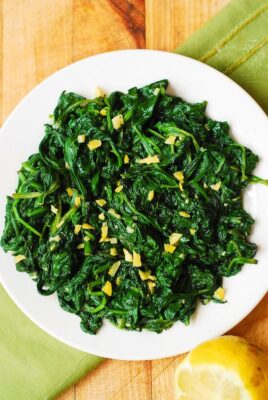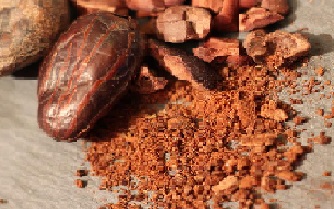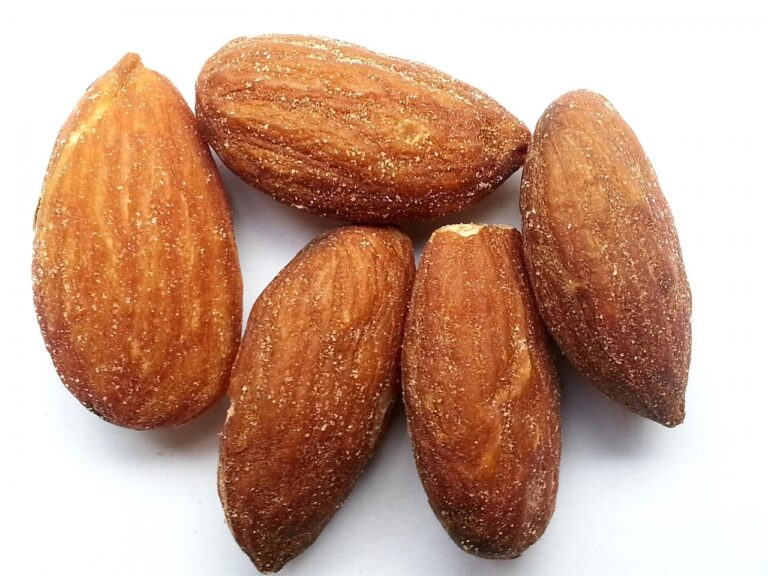
"Vitamin C Fix" 💡- How to obtain the all-important vitamin C?


How much vitamin C do we need?
If you ask the National Institute of Health (NIH), the RDA for vitamin C is 75 – 90 mg / day. Vitamin C has many protective functions against today’s numerous oxidative assaults on our bodies, which prevent us from experiencing health problems / diseases related to its deficiency, so apparently this RDA is not enough!
A prophylactic dose in the region of 2,000 mg of vitamin C / day is what we need. According to brilliant scientist Dr. Linus Pauling (the only person to receive two unshared Nobel prizes), who studied Vitamin C for many years, this amount is needed to repair and rebuild connective tissue, including arteries, joints, bones, cartilage, ligaments and skin, and also to counter oxidative sources of cell damage. The Rath / Pauling Therapy – To strengthen connective tissue is a high-dose, powdered vitamin C therapy, with dosages tailored to your specific health need and condition. Any supplemental C should be combined with eating natural vitamin C from food sources, since these contain synergistic nutrients required for its metabolism. Also, food sources contain needed minerals, fiber and other powerful antioxidants, such as polyphenols (including the bioflavonoids – especially in fruit and vegetable peels / skins).
- The body can absorb C equally well from either food or a supplement. Oregon State study
- The absorption rate decreases with amount of C taken. The NIH reports that only 50% of doses / day > 1000 mg are absorbed, whereas 70-90% of a daily dose < 180 mg is absorbed.
- You can’t overdose on C. The body excretes what it doesn’t need – mainly in the urine. Although too much can have a laxative effect.

Good food sources of vitamin C? (by serving size)
Food | Serving size | Mg per serving |
|---|---|---|
| Fruit | ||
| Guava | 1 | 126 |
| Orange | 1 medium | 70 |
| Kiwi | 1 medium | 64 |
| Strawberries, sliced | 1/2 C | 49 |
| Pineapple chunks, raw | 1/2 C | 40 |
| Grapefruit | 1/2 medium | 39 |
| Mango | 1/2 C | 30 |
| Cantaloupe | 1/2 C | 29 |
| Mandarin | 1 | 23 |
| Lemon | 1/2 | 17 |
| Apple | 1 medium | 7 |
| Vegetables | ||
| Red Bell Pepper | 1/4 C | 48 |
| Brussels Sprouts | 1/2 C | 48 |
| Broccoli, Raw | 1/2 C | 39 |
| Green Bell Pepper | 1/4 C | 30 |
| Cabbage, cooked | 1/2 C | 28 |
| Tomato | 1 medium | 17 |
| Potato | 1medium | 17 |
| Spinach, cooked | 1/.2 C | 9 |
| Green peas, frozen, cooked | 1/2 C | 8 |
| Sweet potato | 1 medium | 3 |
U.S.National Institutes of Health
How you cook your vegetables affects C content
- Raw vegetables have highest C.
- Cooked vegetables: if not eating raw, then to retain C, steaming is best, microwaved next and lastly boiling (however the C ends up in the water – so C is retained if consuming the liquid as in soup or sauces. Nutrition & Food Science.

How to supplement vitamin C
With a significant health problem, it is of immediate importance that you supplement vitamin C
If dealing with a health problem: since you cannot obtain the therapeutic amounts of vitamin C you need quickly enough from dietary sources, this simple, cheap, oral therapy developed by the brilliant scientist and two-time Nobel prize winner Dr. Linus Pauling and Dr. Matthias Rath involves taking easily obtainable ingredients and is your pathway back to health!:
Rath / Pauling Therapy – To strengthen connective tissue
It is advisable for everyone to add the Rath / Pauling therapy to their daily schedule at prophylactic / preventative doses by drinking the daily, home-made:

How to use vitamin C topically as an anti-aging tool
A 10-20% (maximum) solution of topically applied vitamin C can improve collagen synthesis in the skin. This is achieved by increasing vitamin C presence in the epidermis and dermis, which increases collagen production to revive some skin elasticity and prevent / treat UV damage from sun or tanning beds, or pollutants.
How to mix 20% vitamin C solution for topical use. Dissolve 1 g vitamin C powder (or tablets) in 100 mL (~3.5 ounces) of distilled water. However, you may want to start with a 10% solution, using only 500 mg vitamin C in 100 mL, then build up to the maximum 20% whilst observing for any adverse effects. A solution >20% is not absorbed into the skin as well as weaker solutions.
- Apply to skin with cotton ball or other applicator twice per day. No need to wash off. Visible positive results can take at least 12 weeks. Not everyone sees dramatic changes.
- Supplementing vitamin E and zinc improves results.





